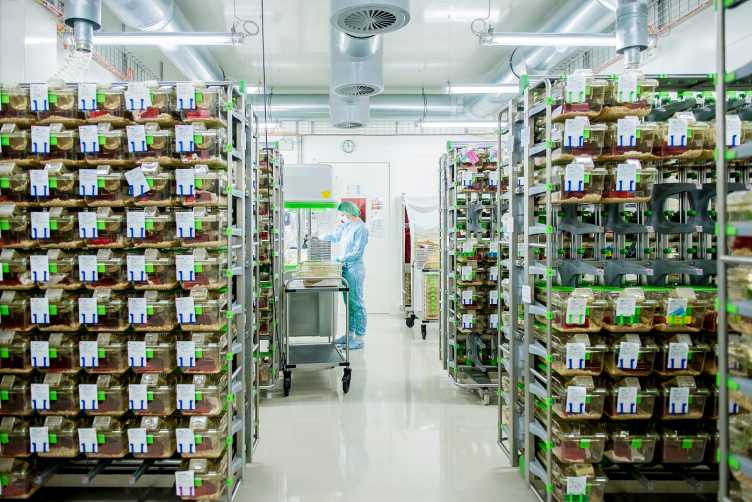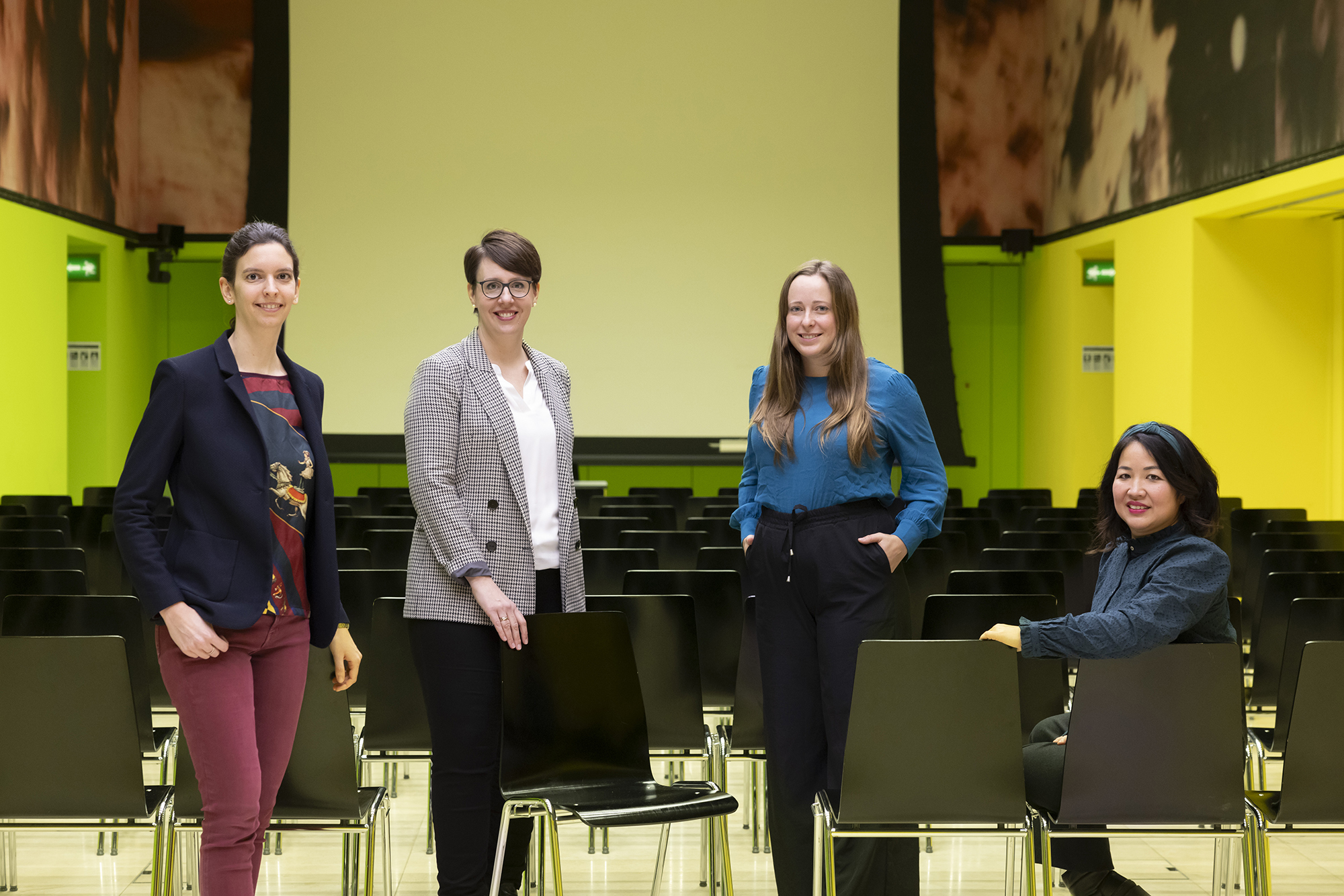Animal experiments
Childpage navigation

Humans and other animals are relatively similar. Animal experimentation can therefore provide a base for experiments with human subjects or even replace them. Animal experimentation also improves our understanding of animals themselves and may thus serve not only research into human conditions but also animal welfare.
For more details and concrete examples, check out the page Why animal research?
ETH Zurich's position
ETH Zurich is a member of the external page Swiss 3R Competence Centre and conducts intensive research to replace animal experiments with new methods. However, animal experiments cannot yet be fully avoided. Many research questions that have the potential to create significant societal benefits can still not be answered using alternative methods. Furthermore, ETH Zurich supports the external page ARRIVE guidelines.
Animal experimentation brings responsibility
ETH Zurich is aware of the great responsibility that is implied by animal research. ETH strives to handle animals used for experiments with outmost respect and professionality while producing significant and relevant results. The foundations of ETH's position towards animal experimentation are set in the ETH policy on experimental animal research.
What kinds of animal experiments take place at ETH Zurich?
Animal experiments at ETH Zurich deliver important inputs to various fields of research, for instance, pharmaceutical science, biology, agronomy, or environmental sciences.
Two large facilities support animal research at ETH Zurich:

The ETH Phenomics Center (EPIC) provides laboratories and other infrastructure for researchers who aim to better understand the molecular biological bases of diseases such as cancer or diabetes by using animal models (mainly mice).

external page AgroVet-Strickhof promotes research and education in agronomics and veterinary sciences. Animals are maintained at AgroVet Strickhof as in farming with additional scientific infrastructure. The project is a cooperation of ETH Zurich with external page Strickhof and the external page University of Zurich.
Both facilities and ETH Zurich as a whole make sure that animals are handled professionally and responsibly through various measures.
How many animals in experiment?
Researchers at ETH Zurich annually submit reports about animals used in experiments to the Federal Food Safety and Veterinary Office, which receives the data from all research institutions in Switzerland and publishes statistics on their external page web-page.
The majority of animals used at ETH Zurich are mice (93%) and rats (5.4%), while other species (mammals, birds, amphibians and fish) account for the remaining 1.6%.
Roughly 80% of rodents are used in experiments exploring molecular and cellular mechanisms of inter-tissue and inter-organ cooperations that are relevant for understanding host-microbe interactions, tumorigenesis, regulation of metabolism, maintenance of homeostasis or nervous system function. Such studies require using animals because this is currently the only way to investigate organisms as a whole.
Based on their severity, all experiments are divided into external page four categories, ranging from no burden (severity degree 0) to severe burden (severity degree 3). In 2023, over half of the experiments carried out at ETH Zurich ranged in severity from 0 and 1 degree. Experiments of severity degree 3 represented a minority (9%).
Numbers of animals in experiments at ETH Zürich1,2:
1 Number of animals used in experiments. If an animal is used in multiple experiments in succession, it is counted multiple times.
2 ETH Zurich is working with other universities to conduct several dedicated research projects involving animal testing. Some of these are attributed to ETH Zurich and appear in the table. Others are attributed to one of the partner universities and are not included in the figures. This includes experiments involving primates, which ETH conducts jointly with the University of Zurich.
3 2019 and 2020: Feeding experiments (lowest level of severity). The pigs involved underwent standard agricultural-style fattening.
